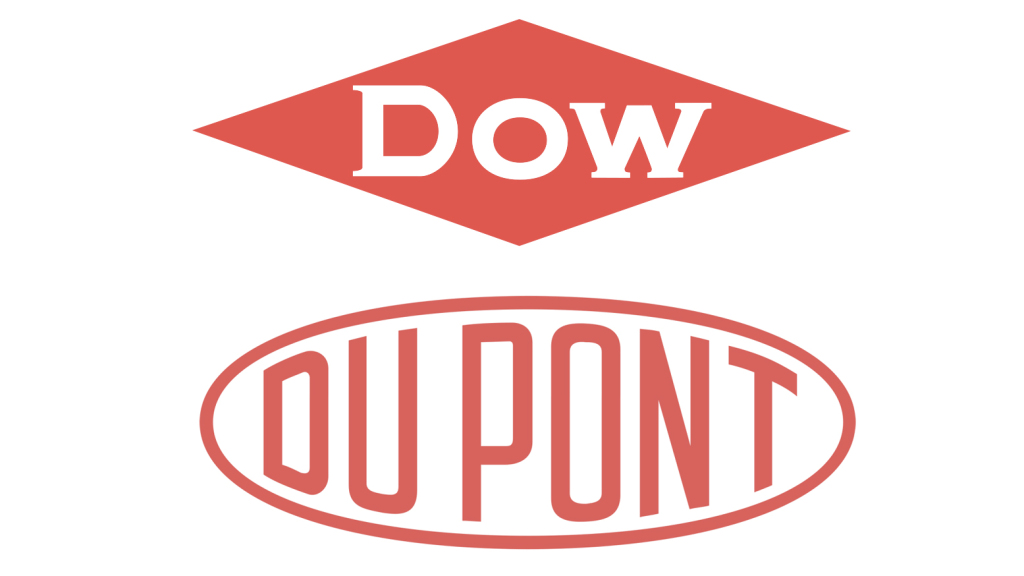Dow And DuPont Merging To Create Massive Chemical Voltron In $130B Deal

It may sound like the perfect marriage of the cold war era, but it’s 21st century business all over: Dow and DuPont, the two oldest, biggest chemical companies in the country, today announced their plans to merge in a whopping $130 billion deal.
As Reuters reports, the deal is being arranged with an eye toward shifting away from the all-encompassing conglomerate model of the 20th century, and pulling the platforms apart into discrete business units.
Eventually, the companies say, the post-merger plan is to take what was once two companies, make it one, and then split it up again into three separate, publicly-traded entities. One DowDuPont business would focus entirely on agriculture, another on materials science (which includes infrastructure, consumer goods, and inventing stuff like Teflon), and the last (and smallest) on “specialty products,” which is basically everything that doesn’t fit in one of the other two.
Although neither business distributes goods directly to consumers under their main brand names, between them the two have their hands in, well, pretty much everything. In short, these are the companies that make all the things that make all the other things possible.
Dow, for example, makes plastics of every type, both for industrial use (as in car factories) and for retail products (as in diapers or water bottles). They also make a wide range of chemicals, used for everything from pesticides to paint.
DuPont, probably best known to consumers for inventing materials like Tyvek, Teflon, Lycra, and Kevlar, has in recent years done some consolidation and reorganization to focus most heavily on agriculture, including genetically modified crops; biofuels and increased-efficiency products; and continuing their “advanced materials” research.
The TL;DR of the deal is that some kind of chemical or polymer made by one or the other of these two companies is involved with basically everything we do or buy, from the processed food we eat, to the plastic it’s wrapped in, to the truck that delivers it to the store, to the factory that made that truck.
Though Dow and DuPont spin the significant overlap in their business, particularly in the agricultural sphere, as “synergy,” regulators are more likely to think of that duplication as “competition,” and keep an eye on it during what will be months of review. Officials at the FTC and the Department of Justice can add it to their already-lengthy list of mergers to plow through in 2016.
Want more consumer news? Visit our parent organization, Consumer Reports, for the latest on scams, recalls, and other consumer issues.

